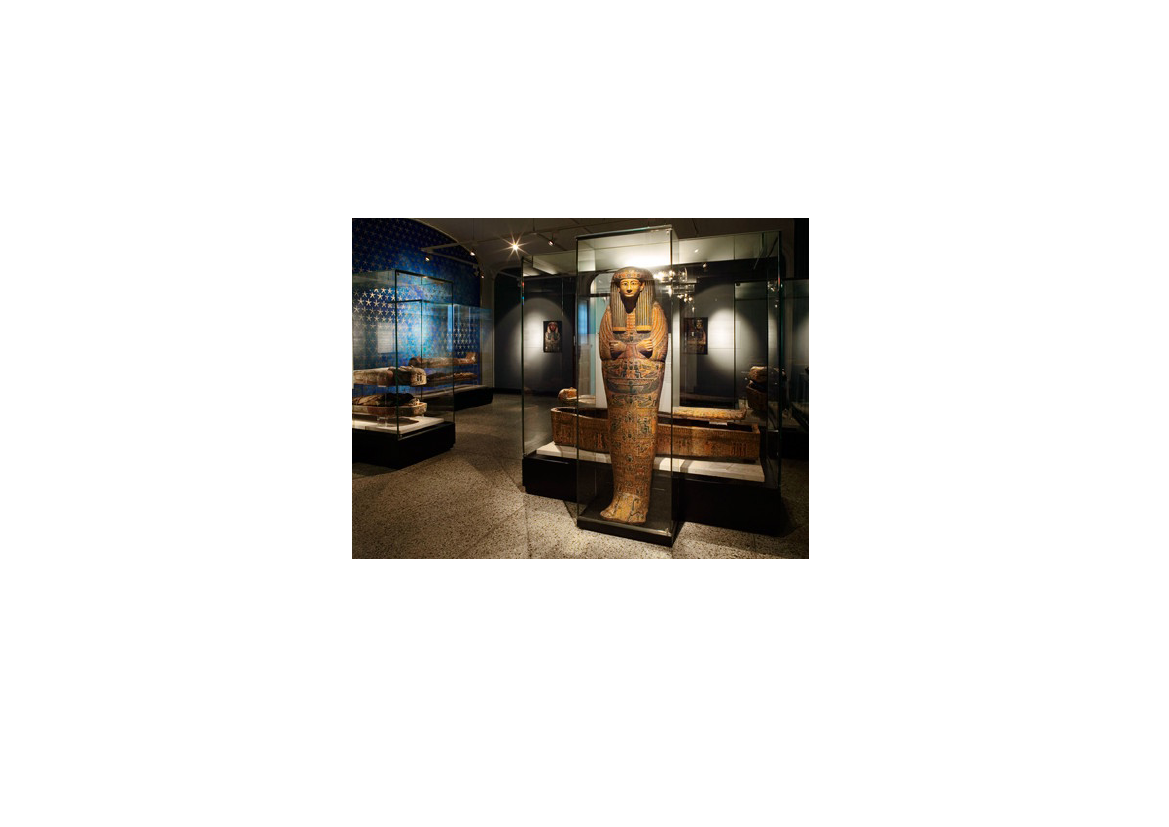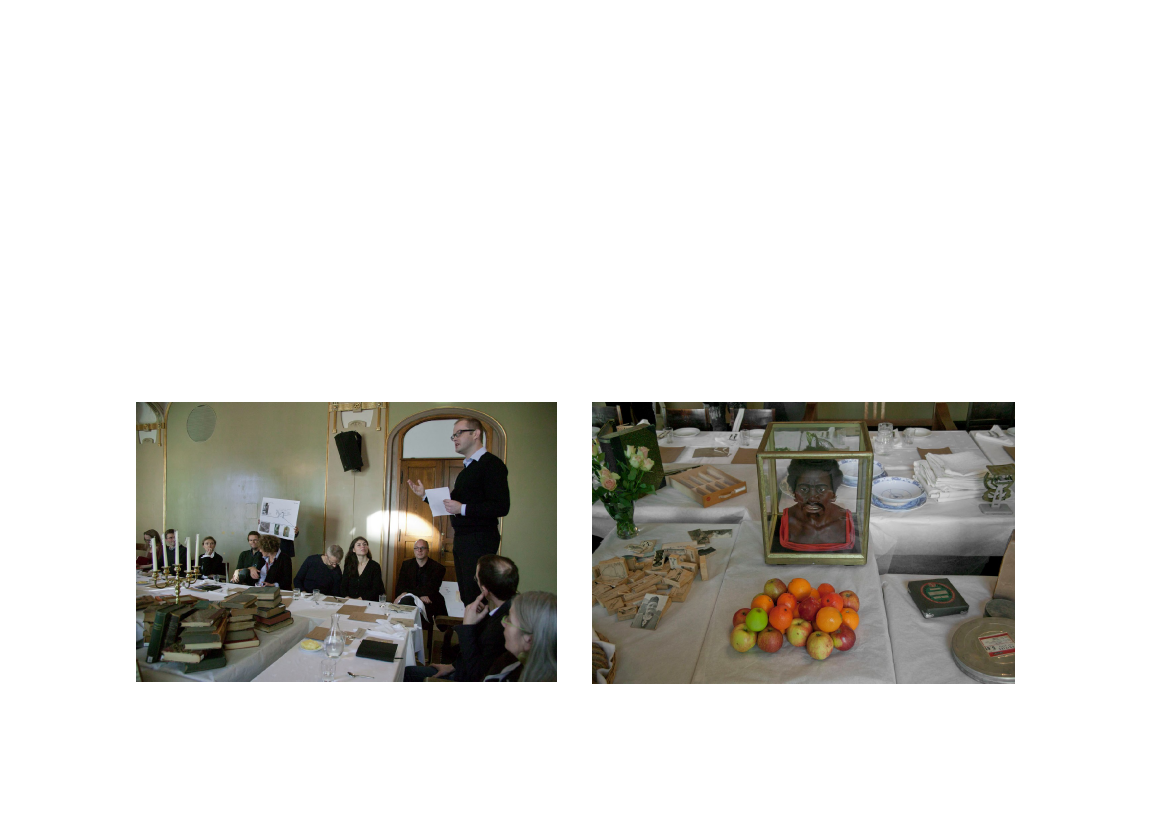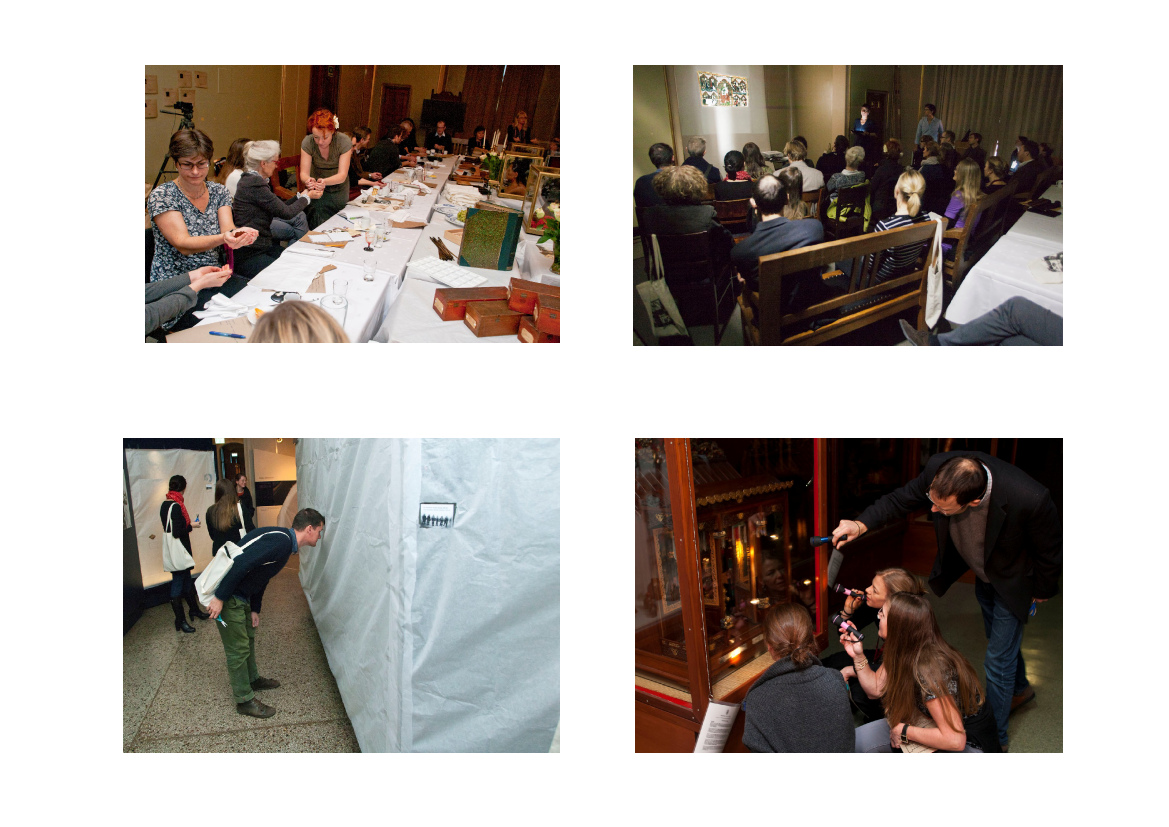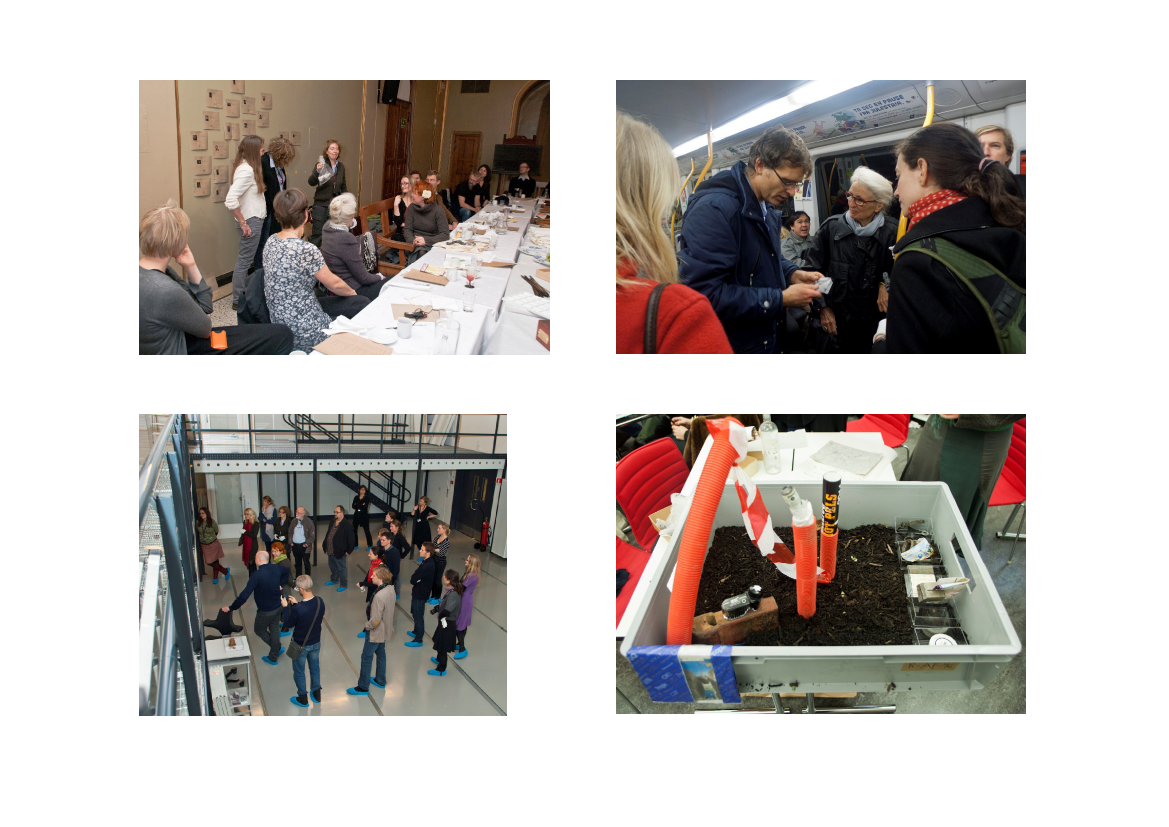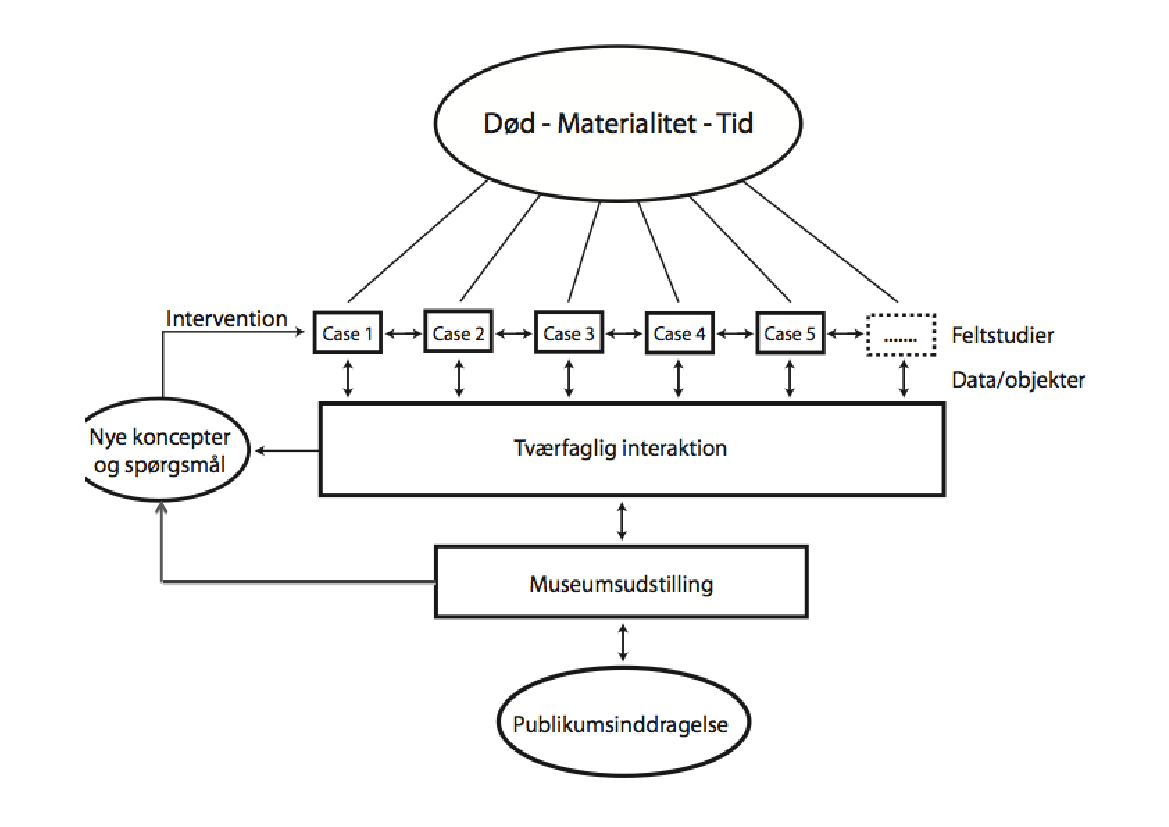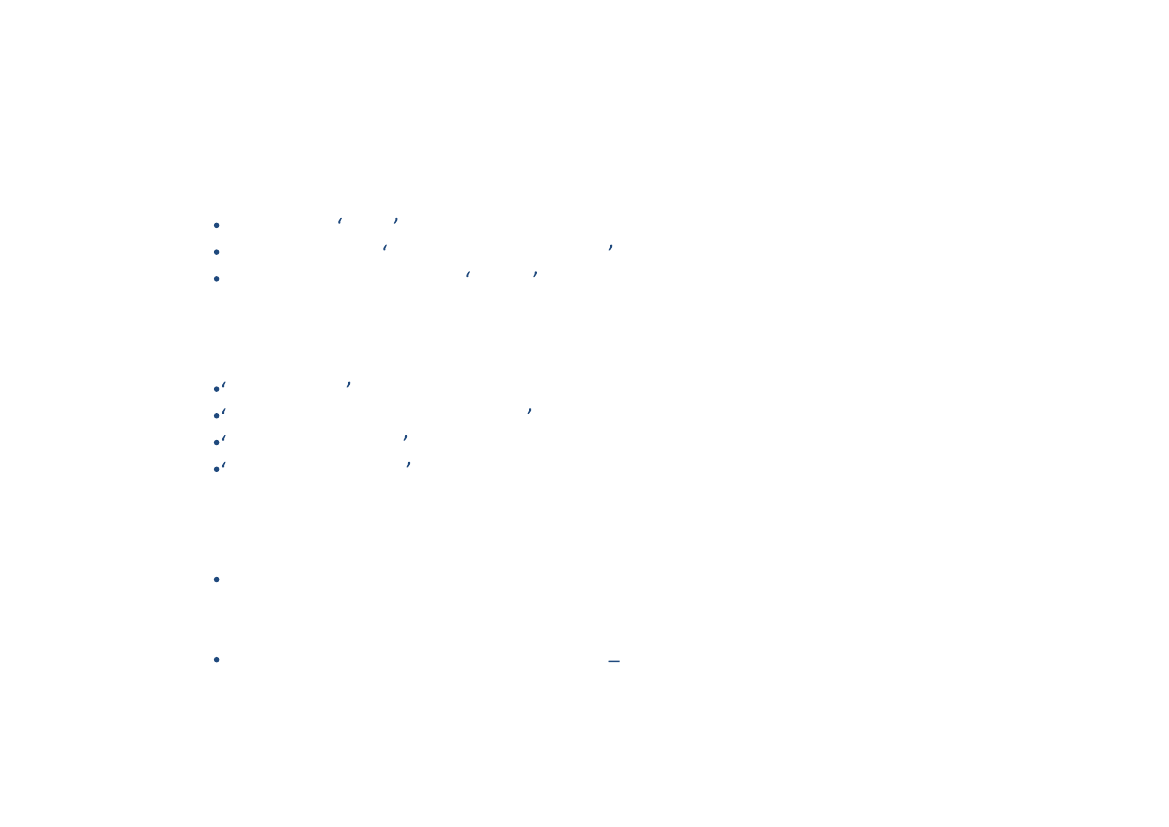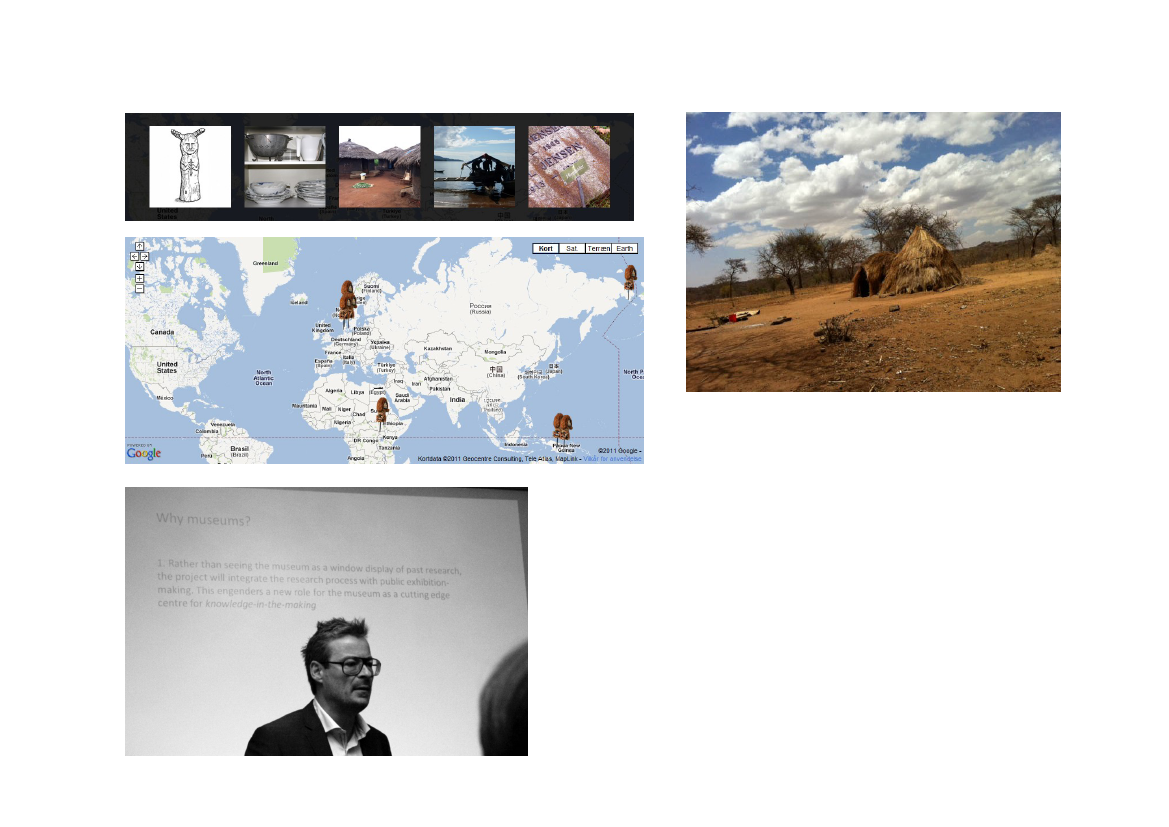Udvalget for Forskning, Innovation og Videregående Uddannelser 2011-12
FIV Alm.del Bilag 66
Offentligt
Death, Materiality and the Origin of Time
Rane Willerslev,Professor and directorMuseum of Cultural History, University of Oslo
The research questionDeath, materiality and timeThe project proposes that human experiences and conceptions oftime inherently hinges on the material world, and that time as asocially experienced phenomenon cannot be understood asseparate from material form or expression.What role, then, does death as a material phenomenon play indifferent conceptualisations of time and in constituting particulartime frames and sensibilities towards the passing of human life?As such, the project does not so much ask what is death in itself? orwhat is time in itself? . Instead, it enquires into the human need toestablish a relationship to death with the aim of finding in thisrelationship the origin of human time
Cross disciplinarity
For years, anthropology and archaeology have failed to take advantage of theircollaborative potential. However, we hold that the relationship between deathand time is relevant to people across time as well as space, which enableseven demands multi-disciplinary exploration.
Why experiments?
The relationship between death and human time is above all a materialexpression. Thus, our scholarly explorations must be grounded in particularpractices and technologies.
Why museums?1. Rather than seeing the museum as a window display of past research,the project will integrate the research process with public exhibition-making. This engenders a new role for the museum as a cutting edgecentre forknowledge-in-the-making
2. The social sciences have traditionally relied on words. However,knowledge of death and time is often tacit and not articulated. Thus,experimenting withnon-textual forms of research and knowledgerepresentationis integral to our interventionary methodology
InterventionsThrough interventions researchers, informants, curators and audiences alike,will be forced to reflect on their tacit common-sense knowledge of death,materiality and time.This involves planned interventions both in the field and in the lives of themuseum audiences viainteractive exhibitions.
Who is involved?University of AarhusAdministrates the grant2 core projectsA number of externally attached projectsKulturhistorisk Museum, Universitetet I OsloCentre for conferences and design experiments3 core projectsWill develop a group in parallel to AarhusExternally attachedInternational peersResearchersInstitutions in OsloArtists, designers, scenographers
What are we going to do?Conferences:Cairns 2011, ValueOslo spring 2013, The Materiality of DeathOslo spring/summer 2014, ImpactPublications:A series of four books to be published at AshgateTiming Death , spring 2012Mediating and Mediatizing Death , spring 2013Materializing Death , spring 2014Encountering Death , spring 2015+ a catalogue on the process to go with the exhibitionDesign workshops:A series of workshops leading up to the exhibition in 2014Magic circlesMonthly activities in both Aarhus and Oslo to be exchanged on the website
Time planValueThe Materialityof DeathImpact
Workshop 120122011Design-experimentsMediating andMediatizingDeath
Workshop 220142013Exhibition +catalogueMaterializingDeath
Timing Death
deathmaterialitytime.org
Day 2: First visit. Hadzabe here have stoppedhunting and moving. Hunger Heat Hope Evenin this dusty dry and bare environmentwithout leafs on the trees the Hadzabevitness the pastoralists overtake of land.Museum dimension gained momentum witha visit to cultural centre. I am concerned andin doubt.
